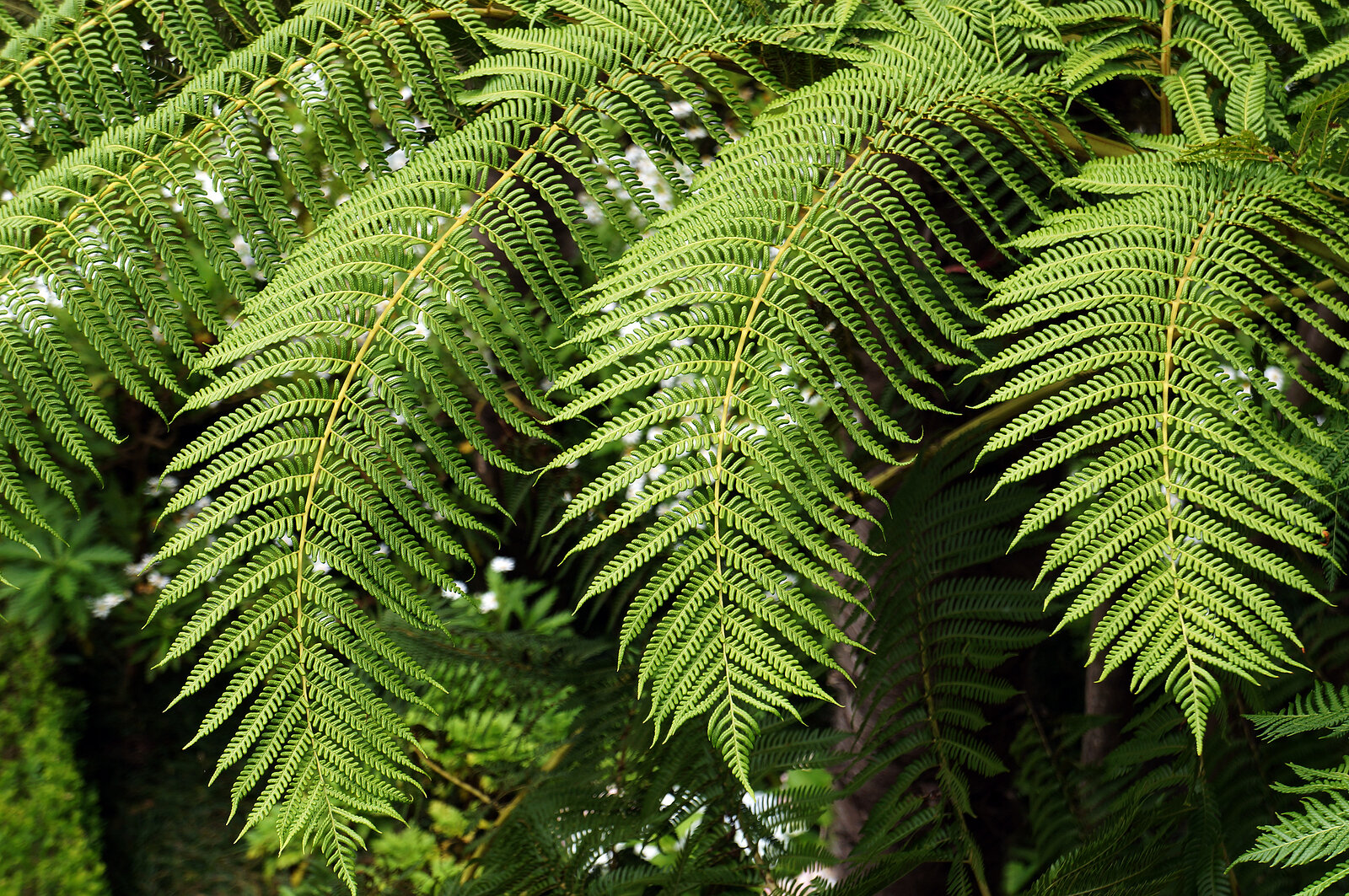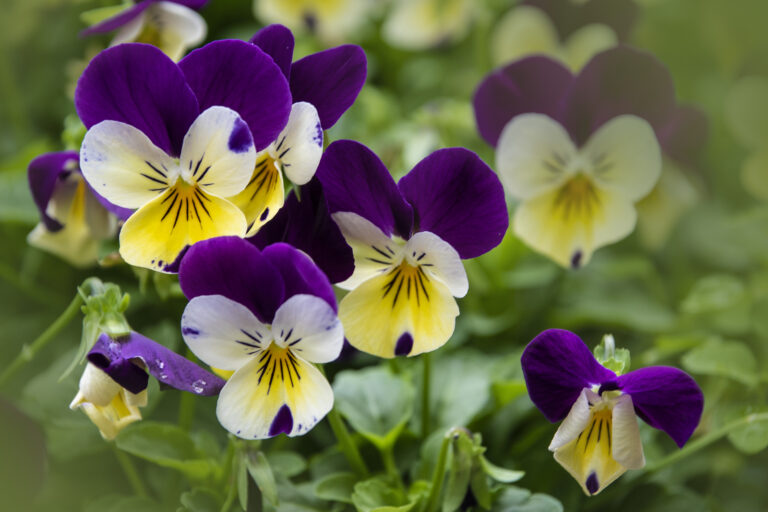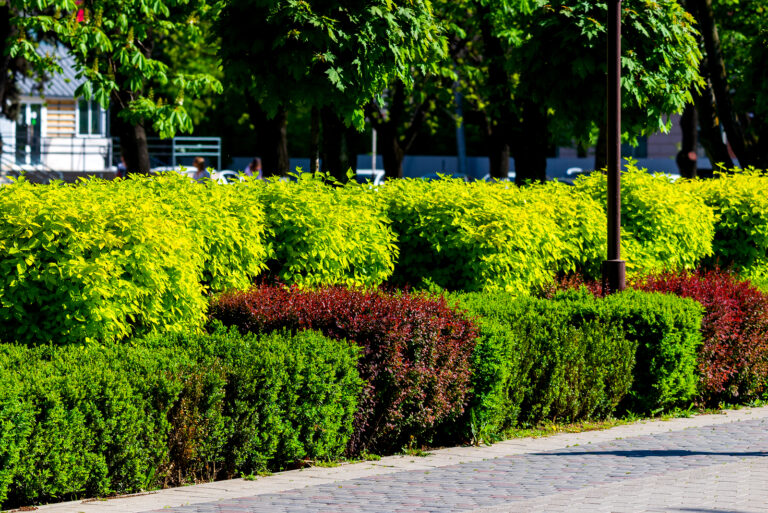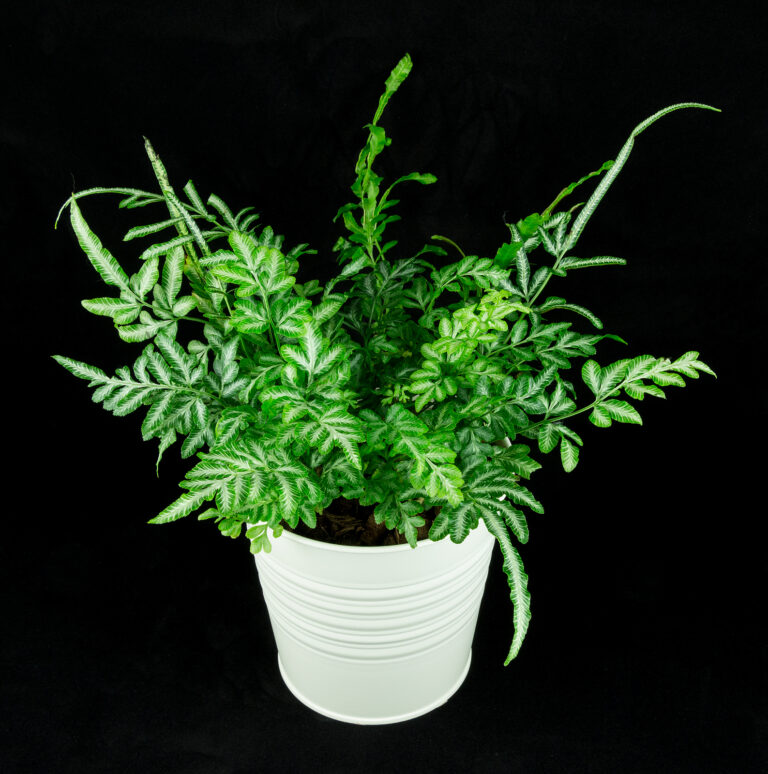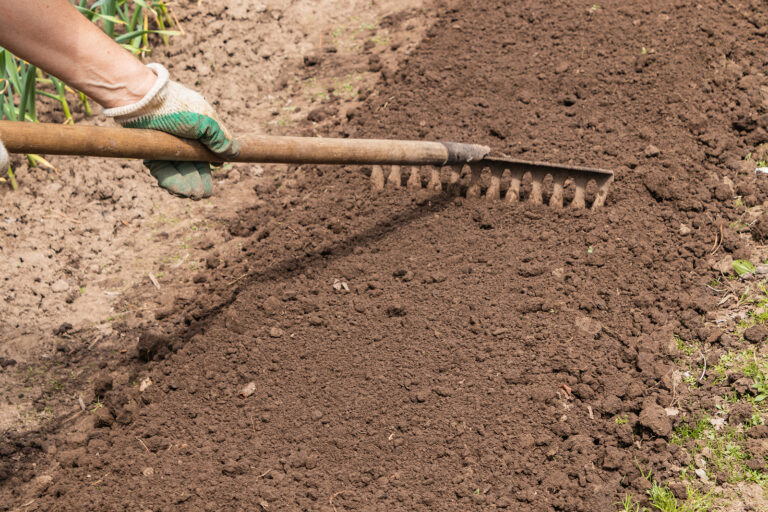Ferns in the Garden
Ferns are valued in the garden for the great beauty of their leaves, the endless variety of forms, and the range of subtle shades of green. A well-grown fern is always pleasing and does not depend upon a special season for its chief appeal, as flowering plants do.
Ferns are comparatively easy to grow. They offer nearly perfect foliage with little effort.
Ferns in the city and suburban garden bring a suggestion of the woods. In rock gardens, they soften the junctures of stone and soil and offer a foil for other plants. Collected in a planting bed they offer constant interest.
Ferns are long-lived and remarkably free from pests. Some ferns are practically evergreen the year-round. Ferns attract birds to the garden; the woolly substance which clothes the undersides of fern are prized nesting material.
Ferns prefer diffused light, and some will endure dense shade, thus they serve in places that no other plants will tolerate.
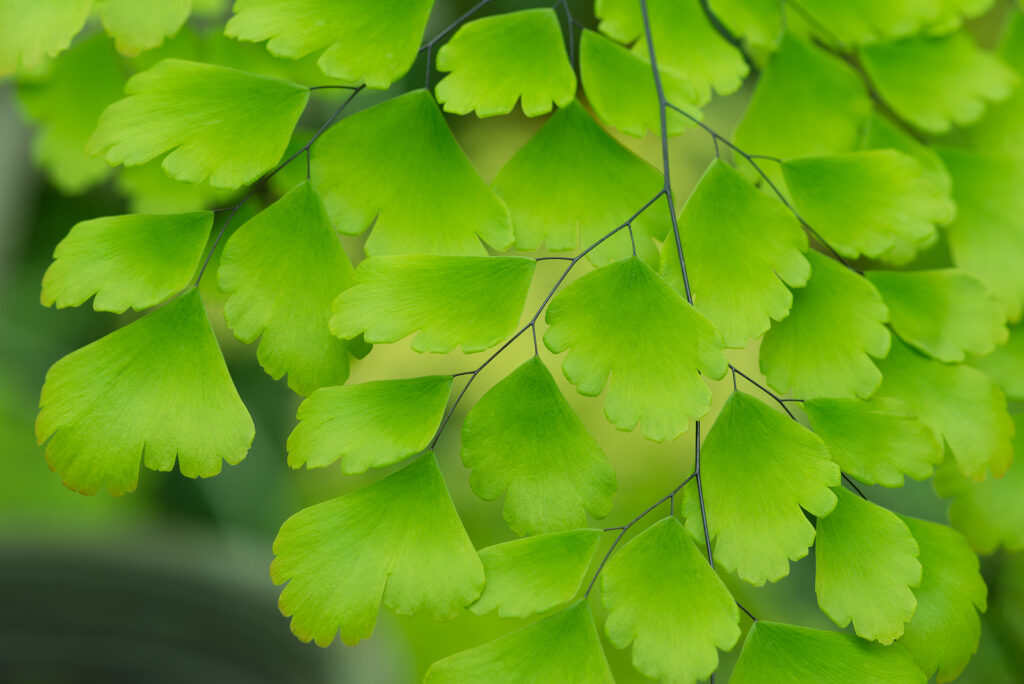
Choosing a fern for the garden
There are two simple rules for selecting ferns for your garden: first, choose a species strictly native to your region or to a similar climate and soil, or, second, choose a fern that is native to a somewhat more southerly latitude from your garden. With these two caveats in mind, you can easily research and choose a fern that will thrive in your garden.
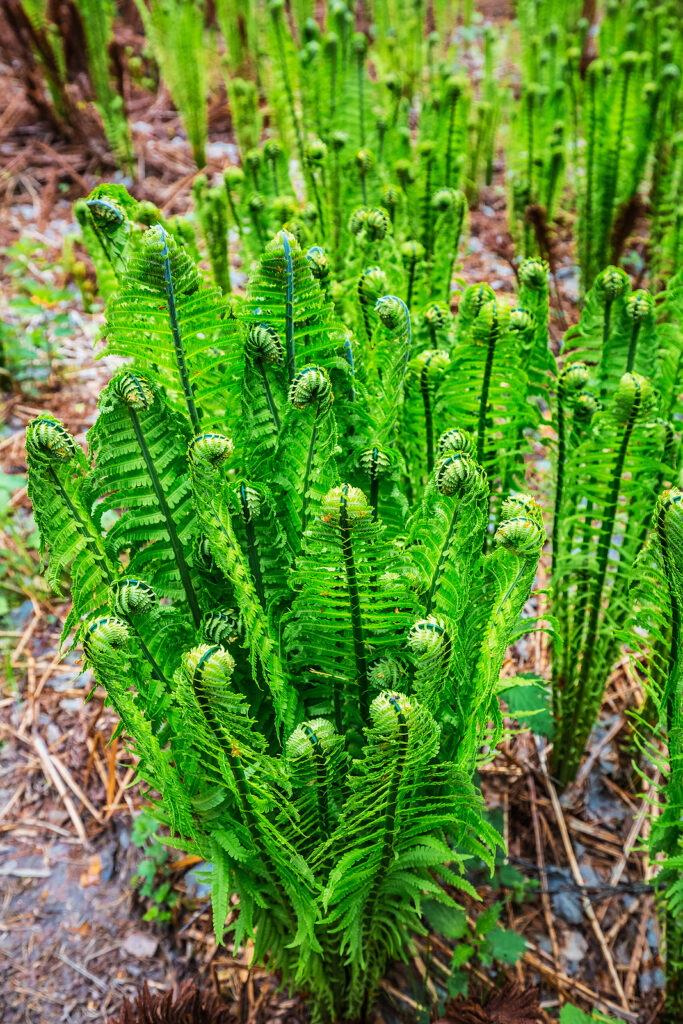
How to grow garden ferns
Moisture and protection from the direct rays of the sun are the two prime requirements for growing ferns. This does not mean ferns will survive in soggy soil, they won’t; it does not mean ferns will survive in total darkness, they won’t.
Plant ferns in rich, well-drained soil. As a general rule, ferns prefer a soil that is a mixture of equal parts leafmold, garden loam, coarse sand, and peat moss. If you don’t have peat moss use two parts well-rotted leafmold.
Keep the soil moist, but not wet. Ferns should sit in standing water; standing water can turn the soil sour.
A slightly sloping site is ideal; this will ensure drainage.
Surface cultivation is not desirable because ferns have fine roots close to the soil surface; a thin covering of sand or leaf mulch will maintain moisture below the soil surface.
Northern exposure is optimal; an eastern exposure is next best. A southern exposure should be avoided; the sun exposure will be too intense. If planting in a southern exposure, construct a lath-house or trellis to provide shade.
A quick design note, as a rule, both for esthetic and horticultural reasons, it is best to keep flowers and ferns apart. They are two distinct types of beauty. Garden flowers seldom look good mixed with ferns.

When to plant ferns
- Ferns are best transplanted in early spring as the young fronds (called “crosiers” unfold). The ground is still chilly and wet in spring and there is less danger of roots drying out.
- If not set out in spring, ferns can be transplanted at any time until midsummer.
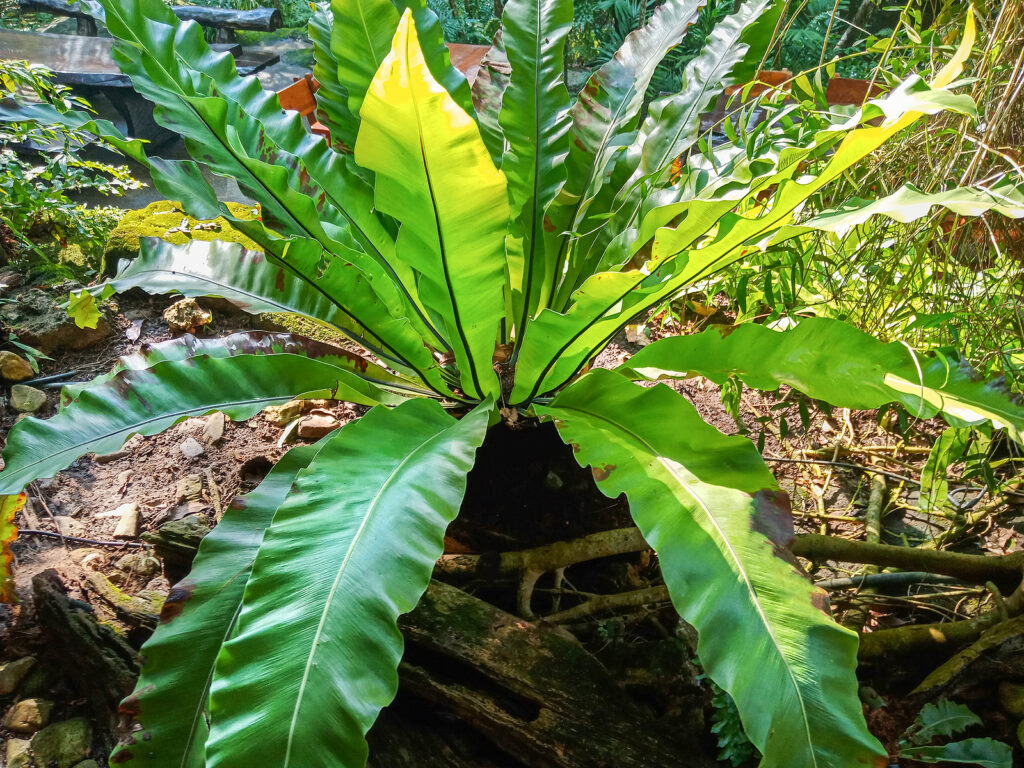
Planting ferns
- Dig the bed to 12 inches (30cm) deep. Cover the bottom with coarse gravel and sand. Add a layer of well-decayed leafmold and backfill with the soil recommended above. Soil texture should not be too fine but a should break apart readily.
- Proper spacing is important; do not crowd ferns. Plant them in the garden so they can be seen and enjoyed. Proper spacing will also help prevent unhealthy, over-damp conditions. Keep the outstretch distance of mature fronds in mind when planting.
- Note the natural depth of the fern before removing it from its pot or lifting in for transplanting. Re-set it at the same depth; do not bury the crown.
- Cover underground rhizomes to a depth of an inch or two and peg down any surface runners until they have taken hold.
- When planting is completed, wet the soil thoroughly with a fine spray and over the surface with an inch of coarse sand.
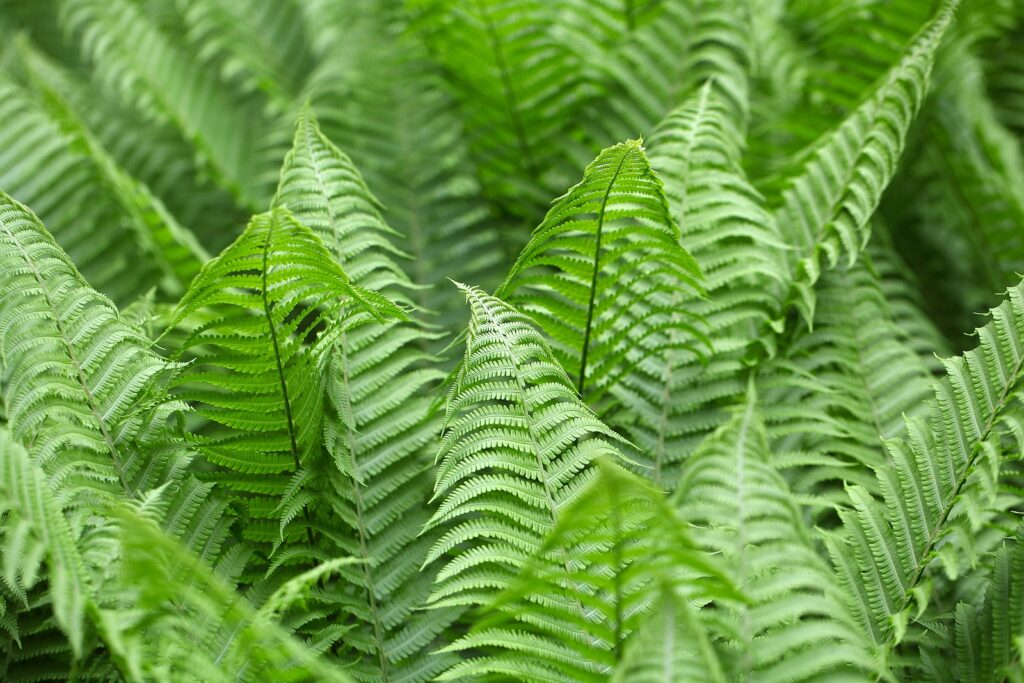
Fern care after planting
- Do not remove fronds from plants too often. In late summer and autumn allow all dead fronds, as well as stubby bases of severed fronds, to remain until spring; they will act as natural insulation for the crowns through the cold months.
- In summer, keep the bed mulched and water it well.
- After a hard frost, cover ferns with leaves or evergreen boughs; do not remove this protection until all danger of frost is passed in spring. New growth is very susceptible to spring frost or freeze damage.
Fern propagation
Ferns are commonly propagated by root division. Those that form compact crowns can be divided and cut apart with a sharp spade.
Ferns with creeping rhizomes can simply be cut, and the severed section with its young fronds and roots held down until firmly rooted.
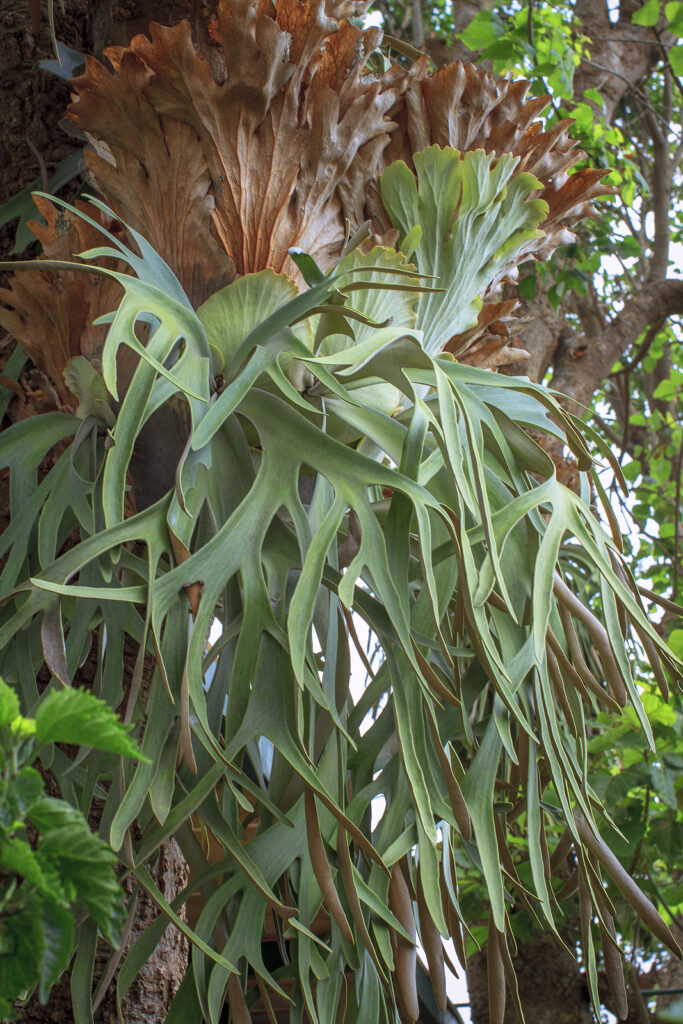
Growing ferns in containers
Here are a few tips for growing ferns in containers:
- Select a pot just large enough to accommodate the plant with an inch of soil all around, and not larger. Ferns with surface rhizomes naturally will require wider pots and less depth.
- Gauge the depth of the fern’s rooting habit; most ferns do not need deep pots.
- The container or pot must be clean. Thoroughly wash the pots with soap and hot water and have them quite dry before filling.
- Set a piece of mesh or a concave piece of broken pot over the drainage hole and fill with an inch of gravel.
- Layer moss over the gravel, then an organic potting soil, peat or leafmold, and coarse sand in equal parts; the soil should be neither dry not wet when put in the pot.
- Loosen the old soil around the roots of the fern being transplanted and spread out the exposed roots.
- Allow an inch (2.5cm) of space for water between the top of the rim and the soil level, and be sure the crown of the plant is not buried.
- Backfill and firm the soil in around the roots; cover the surface with sand or moss and water well.
- Do not wet the leaves often; this tends to turn them yellow. Rather water on the soil surface or by standing the pot in a bowl of water until saturated.
- Do not leave standing water in the saucer or let the soil stay soaking wet.
- Water thoroughly every few days then not again until the soil apparently needs it; keep the surface dry by lightly stirring it.
Indoor fern care
- Wash the leaves of indoor ferns once a month, never letting them dry in the hot sun.
- Always be sure to water at room temperatures.
- Keep ferns out of drafts. Give them fresh air by indirect ventilation
- Do not rotate the pot.
- Do not give ferns strong fertilizers.
- Ferns will not need repotting more than once a year.
- Never place house fern in direct sunlight; a north window is always best, an eastern one is good.
Fern facts of interest
Ferns do not grow from seeds. Ferns grow from simple spores which are borne in spore-cases on the underside of a leaf or frond in a specialized section of the frond.
A distinguishing character of ferns is the fact that the leaf or frond is rolled up in the bud with tip and the very center; this is true of the leaves of no other plant.
The bare stalk of the frond is called the stipe; where it continues through the center of the leaf is called the rachis. Each major lobe or division of a fern frond is a pinna, and each secondary division is a pinnule.

